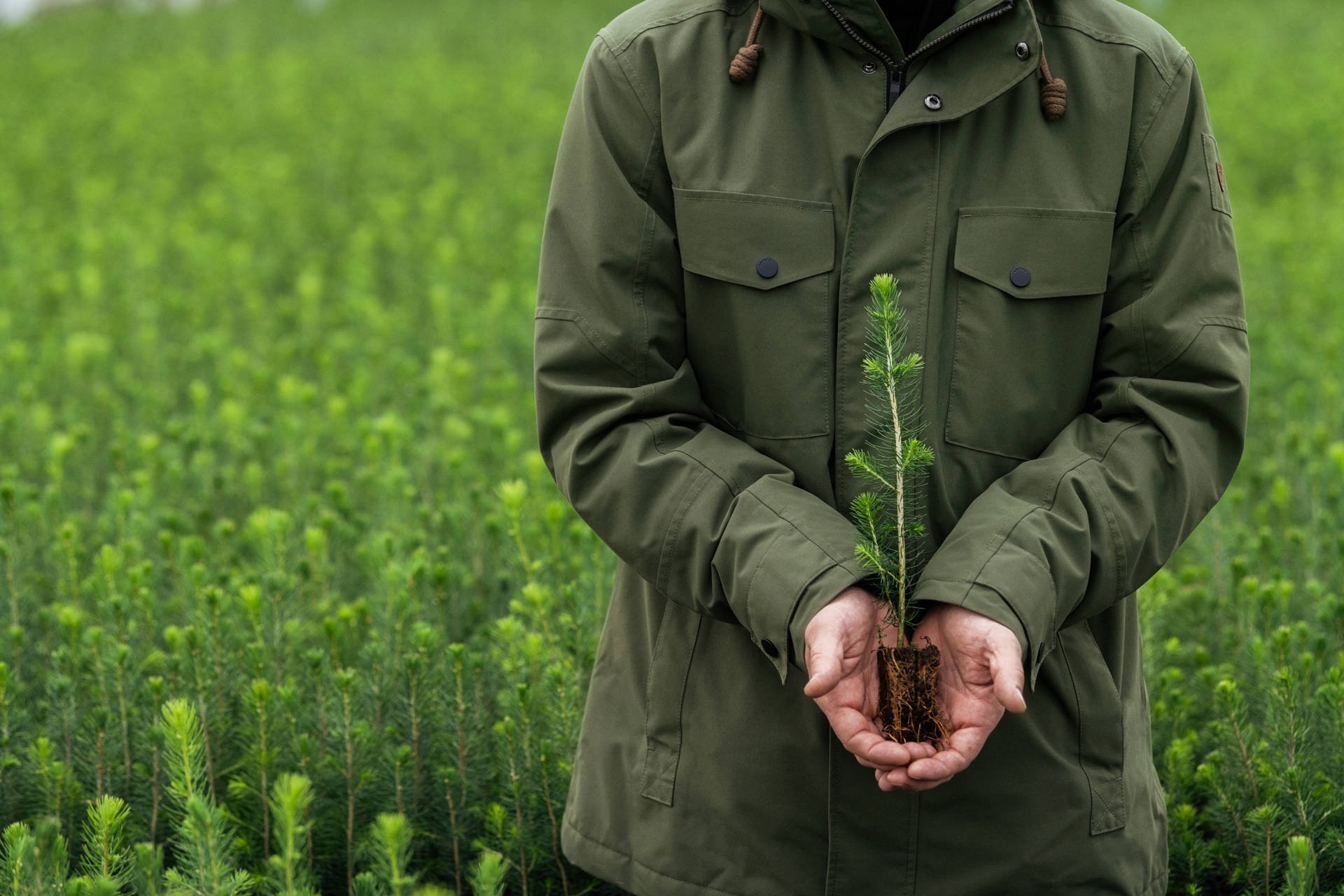Our responsible business is based on careful forest management, precise utilisation of raw materials, and high environmental, energy, and material efficiency at our production facilities.
Certified wood is a mark of responsibility
One of the most concrete ways to ensure the responsibility of pulp is through the certificates of the wood used as raw material. Forest certification indicates, among other things, that forest management is ecologically and economically sustainable and does not diminish the opportunities for future generations to utilize forests. Simply put, it means that more trees are planted and grown than are used.
Metsä Fibre uses both FSC® and PEFC™ certifications (FSC-C002102, PEFC/02-33-21). 94 percent of the wood raw material we use (in 2024) is certified, and all the wood we receive meets the requirements for controlled wood. The entire supply chain of pulp is transparent and traceable.
 Responsible raw materials enable responsible products
Responsible raw materials enable responsible products
We use every part of the wood for the purpose it is best suited for: logs are delivered to our sawmills, while pulpwood is used for pulp, biochemicals, and further processing into other bioproducts. Branches, treetops, and bark are used for bioenergy, and the chips from our sawmills are utilized in pulp production.
Our pulp products meet the requirements for environmental labels – the Nordic Swan Ecolabel and the EU Ecolabel – as well as product safety requirements. This indicates the responsibility of the pulp we produce and the reliability of our operations. Environmental labels take into account the environmental impacts in terms of both production and raw materials.
Responsibly produced pulp is also a valuable part of all end products. A product is genuinely responsible only if its raw materials are responsibly produced. We support our customers' sustainable business and have shared sustainability goals with our key suppliers.
Efficient circular economy
Pulp production is an excellent example of the circular economy. We efficiently utilize wood raw material and production side streams into valuable bioproducts and biochemicals, as well as bio-based energy.
At our pulp and bioproduct mills, highly closed water cycles are utilized as efficiently as possible. An essential part of pulp production is the recovery of chemicals, which enables the efficient reuse of chemicals in the production process.
Towards a fossil-free future
Our goal is for all our mills to operate entirely without fossil fuels by 2030 at the latest. Our bioproduct mills in Kemi and Äänekoski already operate without fossil fuels, and at our other pulp mills, the majority of the fuels used in production are already biofuels.
We are also a significant producer of bioelectricity. Our pulp and bioproduct mills produce significantly more energy than they need and supply electrical energy to the national grid and thermal energy to local district heating networks. Continuous improvement in energy efficiency is a central part of our investment goals.

